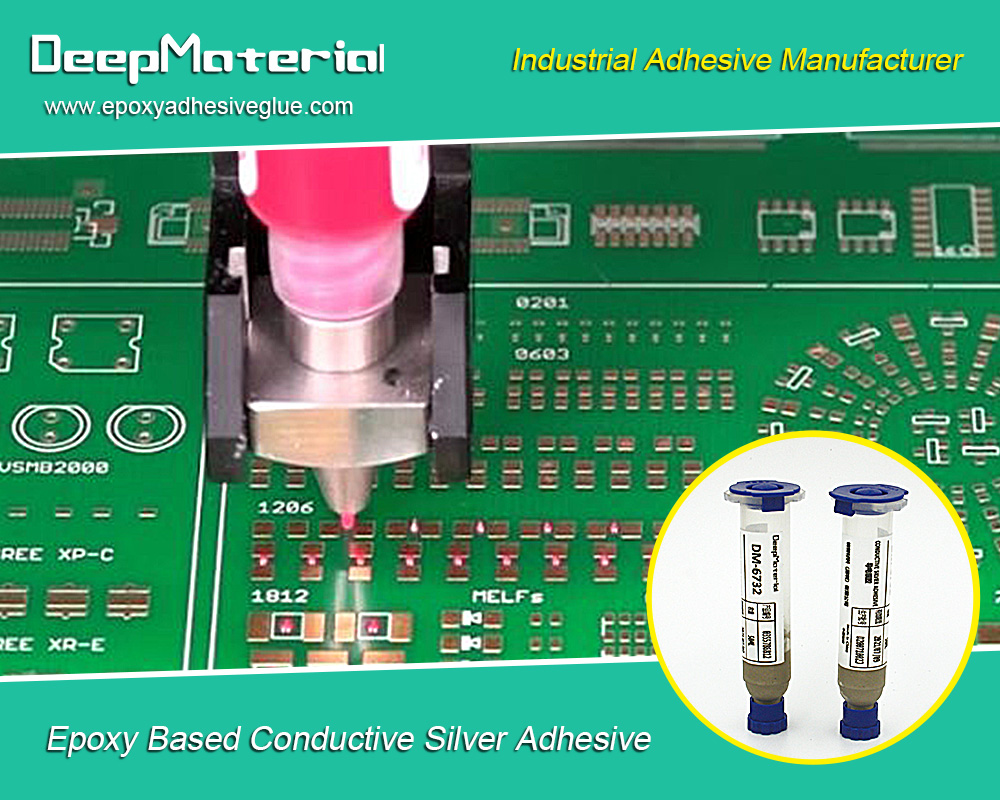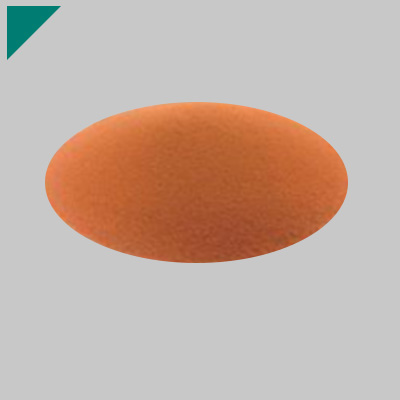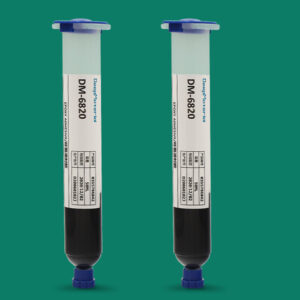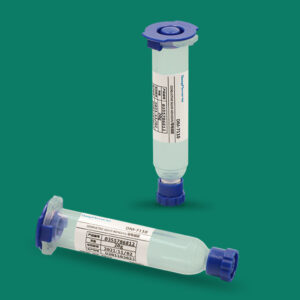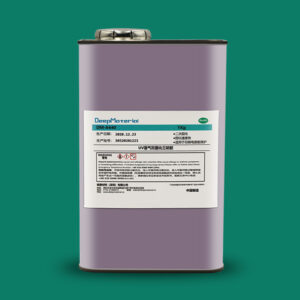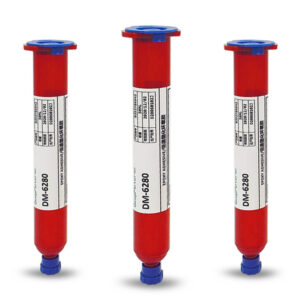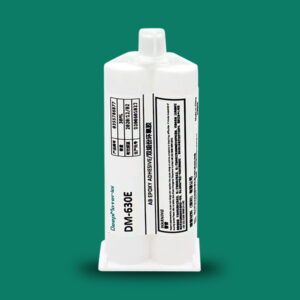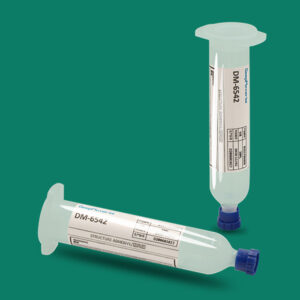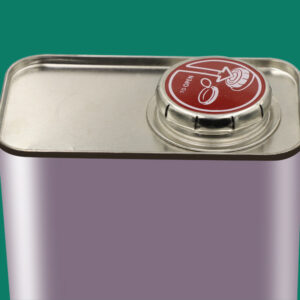Common Automatic Fire Extinguishing Materials Applied to Glues: Characteristics, Applications and Developments
Common Automatic Fire Extinguishing Materials Applied to Glues: Characteristics, Applications and Developments
As an adhesive widely used in various fields such as industry, construction, electronics, and handicrafts, the safety of glue is of utmost importance. Many glues contain flammable organic components or volatile solvents, which pose a fire hazard under certain conditions. Once a fire is ignited by glue, it not only threatens the safety of personnel but also may lead to property losses and production interruptions. Automatic fire extinguishing materials can quickly come into play at the initial stage of a fire, effectively controlling and extinguishing it, and are indispensable for ensuring the safety of glue application scenarios. This article will delve into the types, fire extinguishing principles, applicable scenarios, and future development trends of common automatic fire extinguishing materials applied to glues.
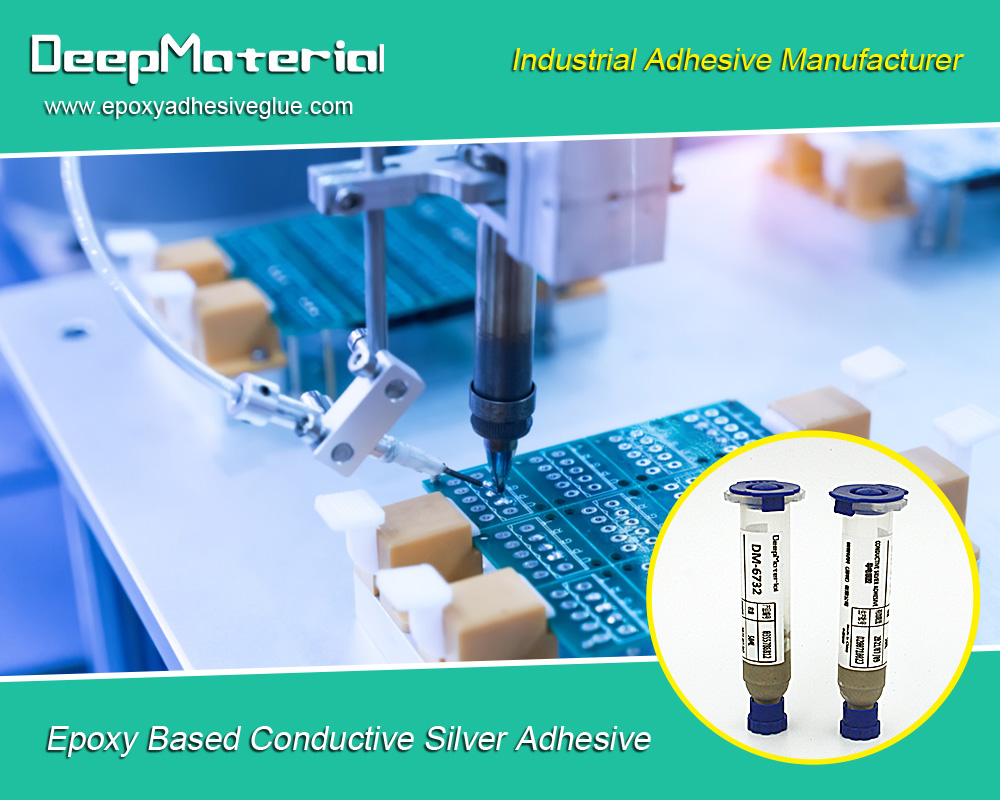
Analysis of the Fire Risks of Glues
- Composition and Flammability of Glues: There is a wide variety of glues with complex compositions. Common organic glues, such as epoxy resin glues and phenolic resin glues, have high molecular polymers as their main components. These polymers are prone to decomposition and combustion reactions when exposed to high temperatures, open flames, or strong oxidants. In addition, a large number of glue formulations contain volatile organic solvents, such as acetone, toluene, ethyl acetate, etc. These solvents have low flash points and boiling points and are extremely volatile to form flammable vapors. When these vapors reach a certain concentration in the air, they will ignite and even explode when they encounter a fire source. For example, the instant glues commonly used in electronic manufacturing contain a large amount of volatile organic solvents. In a poorly ventilated environment, a fire may be triggered by a slight oversight.
- Fire Risk Scenarios: In industrial production, glues are usually stored and used in large quantities. For example, in furniture manufacturing factories, a large amount of glue is required for the splicing of a large number of woods. If the storage area is not properly managed, and the glue leaks and comes into contact with a fire source, a large-scale fire may be triggered. In construction sites, glues are used for pasting decorative materials, etc. There are many open fire operations at the construction site, such as welding and cutting. Once the glue vapors meet an open fire, the fire risk is extremely high. In home handicraft making or small workshops, although the amount of glue used is relatively small, due to the lack of professional fire prevention awareness and measures, a fire is also likely to be triggered due to improper operation.
Common Automatic Fire Extinguishing Materials and Their Principles
Dry Powder Fire Extinguishing Agent
- Composition and Fire Extinguishing Principle: The dry powder fire extinguishing agent is mainly composed of active fire extinguishing components, hydrophobic components, and inert fillers. Commonly used ones include sodium bicarbonate dry powder (BC dry powder) and ammonium phosphate dry powder (ABC dry powder). Taking sodium bicarbonate dry powder as an example, when the dry powder is sprayed into the combustion area, sodium bicarbonate decomposes when heated, producing carbon dioxide and water. Carbon dioxide can dilute the oxygen concentration in the air, suppressing the combustion reaction due to oxygen deficiency. The water absorbs a large amount of heat during evaporation, reducing the temperature of the combustible material. At the same time, the solid particles such as sodium carbonate produced by the decomposition cover the surface of the combustible material, forming a separation layer to prevent the contact between oxygen and the combustible material, thus interrupting the combustion chain reaction and achieving the purpose of extinguishing the fire. For glue fires, dry powder can quickly suppress the combustion and effectively control the spread of the fire.
- Applicable Glue Types and Scenarios: The dry powder fire extinguishing agent is suitable for fires caused by most organic glues. In the glue storage warehouse, when a fire occurs, it can be extinguished by hanging dry powder fire extinguishers or automatic dry powder fire extinguishing systems. For some industrial production processes where glues are used in high-temperature environments, such as the plastic processing industry, the dry powder fire extinguishing agent can also play a good fire extinguishing effect. In addition, since the dry powder fire extinguishing agent causes relatively little damage to electrical equipment, it can also be used to put out fires caused by the use of glues in electronic equipment manufacturing workshops.
Carbon Dioxide Fire Extinguishing Agent
- Fire Extinguishing Principle: The carbon dioxide fire extinguishing agent is stored in a steel cylinder in a liquid state. When carbon dioxide is ejected from the steel cylinder, it quickly gasifies into gaseous carbon dioxide. The density of gaseous carbon dioxide is greater than that of air, and it will sink in the combustion area and cover the surface of the combustible material, displacing the surrounding air and reducing the oxygen concentration to below the concentration required to maintain combustion, thus suffocating and extinguishing the fire. At the same time, the gasification process of carbon dioxide is an endothermic process, which will absorb a large amount of heat and further suppress the combustion reaction by reducing the temperature of the combustion area.
- Applicable Glue Scenarios and Advantages: The carbon dioxide fire extinguishing agent is particularly suitable for extinguishing fires caused by glues near electrical equipment, such as in circuit board manufacturing workshops. In these places, once a glue fire occurs, it may cause serious damage to expensive electrical equipment. The carbon dioxide fire extinguishing agent leaves no residue after extinguishing the fire and will not cause corrosion or pollution to the electrical equipment, minimizing the damage of the fire to the equipment. In addition, for some glue application scenarios with extremely high requirements for cleanliness, such as the glues used in the manufacturing of optical lenses, the carbon dioxide fire extinguishing agent will not leave any residues and will not affect the quality and performance of the lenses.
Foam Fire Extinguishing Agent
- Types and Fire Extinguishing Principle: Foam fire extinguishing agents are divided into chemical foam fire extinguishing agents and air foam fire extinguishing agents. Chemical foam fire extinguishing agents generate carbon dioxide foam through a chemical reaction between two agents, while air foam fire extinguishing agents form foam by mechanically agitating air into the foam liquid. The fire extinguishing principle of the foam fire extinguishing agent is mainly based on the following aspects: first, the covering effect of the foam. The foam can form a thick foam layer on the surface of the combustible material, isolating the air and preventing the contact between oxygen and the combustible material; second, the cooling effect. The water in the foam absorbs a large amount of heat during evaporation, reducing the temperature of the combustible material; third, the inhibitory effect. Some components in the foam can inhibit the progress of the combustion reaction and interrupt the combustion chain reaction.
- Applicable Glue Fire Types: The foam fire extinguishing agent is suitable for fires caused by water-soluble and water-insoluble glues. In chemical production, some water-soluble glues such as polyvinyl alcohol glues, if a fire occurs, the foam fire extinguishing agent can effectively cover the surface of the glue and prevent the spread of the fire. For water-insoluble glues, such as rubber glues, the foam fire extinguishing agent can also play a good fire extinguishing effect. In large glue storage tank areas, the foam fire extinguishing system is a commonly used fire extinguishing method, which can quickly and effectively put out the fire.
Aerosol Fire Extinguishing Agent
- Fire Extinguishing Principle and Composition: The aerosol fire extinguishing agent generates a large amount of fire extinguishing gases and solid particles through its own chemical reaction. The fire extinguishing gases mainly include carbon dioxide, nitrogen, etc., which can dilute the oxygen concentration in the air and play the role of suffocating and extinguishing the fire. The solid particles are mainly composed of metal salts, such as potassium salts and sodium salts. These solid particles can adsorb the free radicals generated during the combustion process, interrupting the combustion chain reaction, thus achieving the purpose of extinguishing the fire. In addition, some solid particles can also form a protective film on the surface of the combustible material, isolating the air and preventing re-ignition.
- Applicable Scenarios and Characteristics: The aerosol fire extinguishing agent is suitable for glue fires in relatively enclosed spaces, such as small glue storage warehouses, basements, etc. Since the aerosol fire extinguishing agent has high fire extinguishing efficiency, small dosage, and less residue after extinguishing the fire, it has certain advantages for some places with high requirements for equipment and the environment, such as electronic equipment production workshops and laboratories. However, some components in the aerosol fire extinguishing agent may be corrosive, and long-term use may cause certain damage to the equipment, so it needs to be carefully considered when in use.
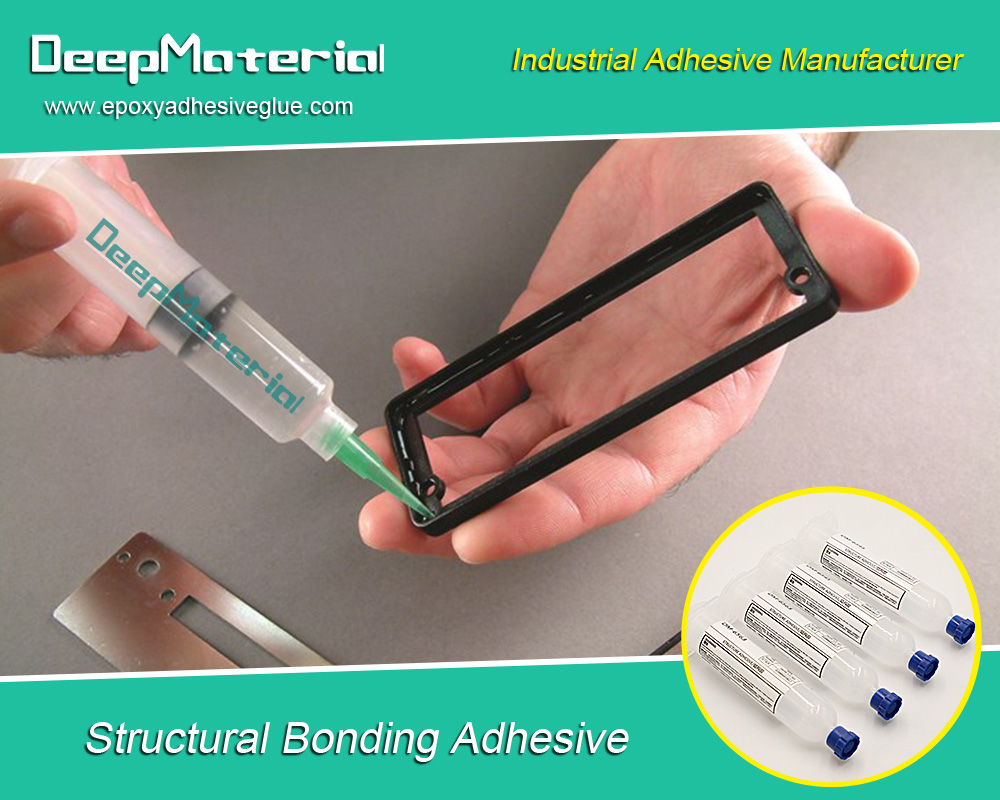
Selection and Application Strategies of Automatic Fire Extinguishing Materials
- Selection According to Glue Characteristics: Different types of glues have different chemical properties and fire hazards, so it is necessary to select appropriate automatic fire extinguishing materials according to the characteristics of the glues. For glues containing a large amount of organic solvents, dry powder fire extinguishing agents and carbon dioxide fire extinguishing agents are more appropriate choices because they can quickly suppress the combustion and reduce the fire risk. For water-soluble glues, foam fire extinguishing agents are more suitable and can effectively cover and extinguish the fire. For some glues used in high-temperature environments, fire extinguishing materials with good high-temperature resistance need to be selected.
- Consideration of Application Scenario Factors: The characteristics of the application scenario are also important basis for selecting automatic fire extinguishing materials. In densely populated places, such as schools and shopping malls, fire extinguishing materials that are harmless to personnel safety should be preferentially selected, such as carbon dioxide fire extinguishing agents. In industrial production workshops, the impact of fire extinguishing materials on equipment and production processes needs to be considered. For example, in precision instrument manufacturing workshops, dry powder fire extinguishing agents that may cause damage to the equipment should be avoided, and carbon dioxide fire extinguishing agents or aerosol fire extinguishing agents should be selected instead. In outdoor storage places, the weather resistance and stability of fire extinguishing materials need to be considered.
- Design and Installation of Fire Extinguishing Systems: The reasonable design and installation of fire extinguishing systems are crucial for the effective performance of automatic fire extinguishing materials. The fire extinguishing system should be designed according to factors such as the size, layout, and fire risk of the place to ensure that the fire extinguishing materials can evenly and quickly cover the fire occurrence area. At the same time, the installation of the fire extinguishing system should comply with relevant standards and specifications, and regular maintenance and inspection should be carried out to ensure that it can operate normally when a fire occurs. For example, in large glue storage warehouses, a combined fire extinguishing device of an automatic sprinkler fire extinguishing system and a dry powder fire extinguishing system should be installed to improve the fire extinguishing efficiency.
Future Development Trends
- Research and Development of New Fire Extinguishing Materials: With the continuous progress of science and technology, the research and development of more efficient, environmentally friendly, and safe new automatic fire extinguishing materials has become the future development direction. For example, the application of nanotechnology may develop fire extinguishing materials with special properties. Nanoparticles can more effectively adsorb free radicals and improve the fire extinguishing efficiency. In addition, modifying natural materials to develop green and environmentally friendly fire extinguishing materials is also a research hotspot.
- Development of Intelligent Fire Extinguishing Systems: Future fire extinguishing systems will be more intelligent, able to automatically detect the occurrence, type, and scale of a fire, and automatically select appropriate fire extinguishing materials and fire extinguishing methods according to the actual situation. Through the combination of sensor technology, Internet of Things technology, and artificial intelligence technology, remote monitoring and intelligent control of the fire extinguishing system can be realized, improving the efficiency and reliability of fire prevention and control.
- Multifunctionality of Fire Extinguishing Materials: Future automatic fire extinguishing materials should not only have the function of extinguishing fires but may also possess other additional functions, such as fire prevention, explosion prevention, and corrosion prevention. For example, developing a material that can not only extinguish a fire but also form a fireproof coating on the surface of the combustible material can further improve the effect of fire prevention and control.
Common automatic fire extinguishing materials applied to glues play an important role in ensuring the safety of glue use. Different types of fire extinguishing materials have their own characteristics and application scopes, and reasonable selection should be made according to the characteristics of glues and application scenarios in practical applications. With the continuous development of technology, future automatic fire extinguishing materials and fire extinguishing systems will be more efficient, intelligent, and environmentally friendly, providing more powerful guarantees for preventing and extinguishing fires caused by glues.
For more about choosing the best common automatic fire extinguishing materials applied to glues: characteristics, applications and developments, you can pay a visit to DeepMaterial at https://www.epoxyadhesiveglue.com/category/epoxy-adhesives-glue/ for more info.


